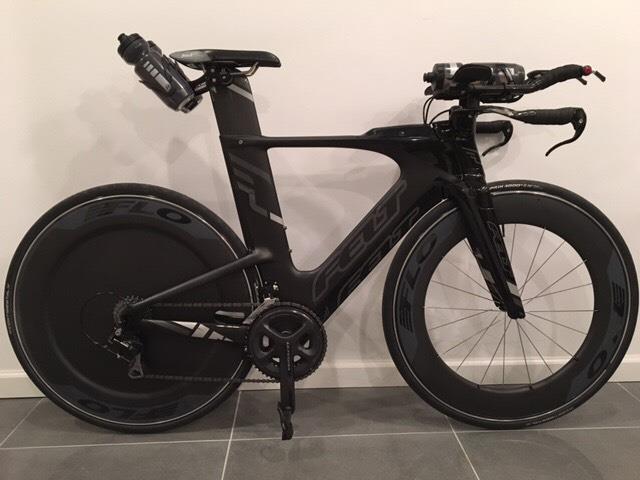There’s no way to ignore it. The bicycler riding in the middle of the road, car after car whizzing by with kayaks strapped down going to any body of water within reach, and joggers everywhere. Outdoor recreational sports are the new trend. Luckily, for many communities and park-goers, this doesn’t seem like a trend that is likely to die out any time soon. New green ways and parks are popping up everywhere with many more undergoing construction. These fantastic new additions, however, do come with some things to keep in mind: road safety.
The presence of cyclists is now commonplace. Drivers have to be acutely aware of them from suburban neighborhoods and back roads to main thoroughfares touting bike lanes. There are a few basic rules to keep in mind if you encounter a bicycle on your daily commute.
1. Three Feet Rule
Make sure when passing a cyclist, you have given three feet of clearance between your vehicle and the rider and in some states it is as much as four feet. This eliminates potential bumps from mirrors, side swipes, or a more serious incident. Slow down and wait to pass if another driver is in a passing lane or you see oncoming traffic. Remember, if you are unable to safely pass, you must wait behind the cyclist, giving them a respectful space. Since it can be difficult to eyeball a three foot gap while driving your vehicle, the other recommended option is to slow down to 15 MPH when passing.
2.Laws for All
Cyclists have a right to the road. In short, they get “first come, first serve” turns at intersections, are expected to obey all traffic posted traffic signs, and as mentioned above, have a right to the lane. That being said, be extra vigilant of your vehicle when a cyclist is present, just like with motorcyclists.
For more information on bicycle laws, please visit The League of American Bicyclist
3. Remember to Signal
If there is a cyclist in your lane, make sure you are using your signals. Although, you would most likely be left unscathed in your vehicle, a bicycle colliding into your car could be a catastrophe for them. Remember that it is not uncommon for bicycles to reach a speed of 20 MPH. It is also a good idea to be aware of what cyclist hand signals mean as well.
These are just some of the basics of sharing the road with cyclists. Although it can be slow–going, trying, and occasionally frustrating to maneuver around bicycles on curves or in intersections, remember that traveling by bicycle is dangerous for the rider. These are our neighbors on and off the road, and we need to be mindful of their safety as well as our own.

